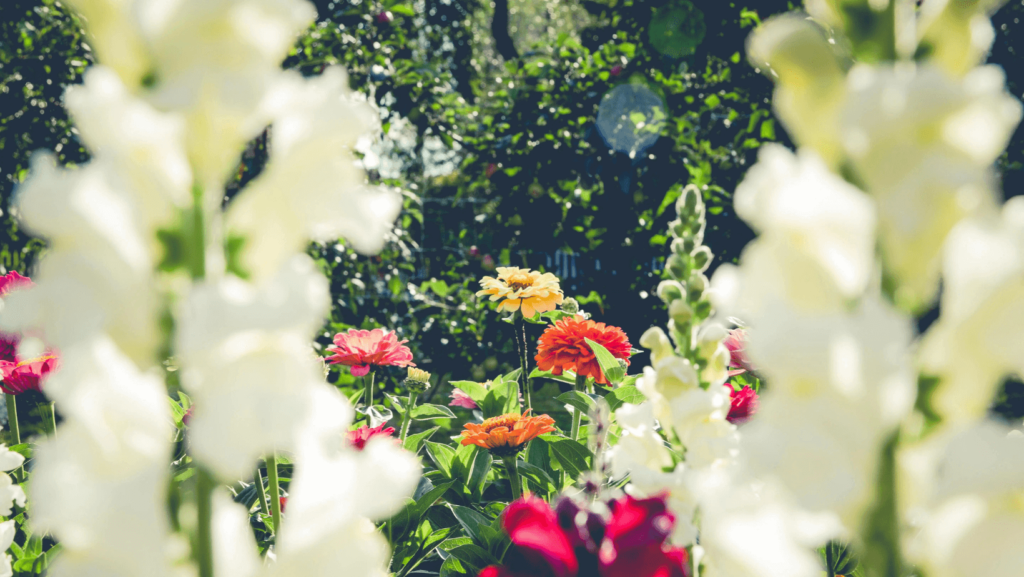Plants is very important to planting in right time and right soil. Yet, prior to reaching for your gloves and heading toward the nearest nursery, there’s one very important factor-one silent partner-to consider along the journey toward growing a lush, successful garden: your climate.
Like humans, plants have preferences, too, in terms of temperature, rainfall amount, and sunlight. Selecting plants that are compatible with the climate conditions of a particular area forms the foundation of a successful, low-maintenance garden that will give satisfaction throughout the year.
How do you find your perfect match of plants? The following section highlights the critical factors and resources for choosing the right plants that suit the climate:
Showing Your Climate Zone:
The very first step is understanding your climate zone. The USDA Plant Hardiness Zone Map is an invaluable resource that divides North America into 13 zones based on average annual minimum temperatures. Knowing your zone aids in the identification of plants that will tolerate the coldest temperature a particular area can reach.
Beyond Zones: Exploring Micro climates
While climate zones are a great starting point, your yard may have its unique micro-climate. These differences on your property can be attributed to many aspects such as:
Elevation: The higher you go, the cooler it gets.
Slope: The slope towards the south brings more sun and heat.
Wind Exposure: Wind may dry out plants and damage sensitive foliage.
Structures and Vegetation: Objects can block off sun and create areas of shade/warmth.
Sun Seekers and Shade Dwellers:
Once you know your zone and micro-climate, think about sun exposure. Here are some general guidelines:
Full Sun: Plants that need at least 6 hours of direct sunlight daily. Examples include tomatoes, peppers, crape myrtles, and lavender.
Partial Sun: Plants that do best in 4-6 hours of direct sun with some afternoon shade. Examples include hydrangeas, hostas, and columbine.
Shade: Plants requiring little to no direct sunlight and will thrive in areas at the bottom of trees and buildings. Examples of these are ferns, begonias, impatiens, and bleeding hearts.
Deciphering the Rainfall Patterns:
Knowing the normal rainfall amount your area receives will enable you to select plants with suitable water requirements. Here is a breakdown:
Drought-tolerant: These are plants that have absolutely no problem with infrequent watering once established. Examples include cactus, succulent, rosemary, and yarrow.
Average Water Needs: Most garden plants fall into this category and require regular watering during dry periods. Examples include tomatoes, peppers, roses, and daisies.
Moisture Loving: These are the plants that love to stay in moist conditions always. Examples include ferns, lilies, reeds, and hostas.
Soil Composition Matters:
Another vital role in plant maintenance is the composition of the soil. Understand your soil type, whether it be clay, sandy, or loam. Some plants prefer well-draining soils, while others like acidic or alkaline conditions. A simple test on your soil will go a long way in understanding its condition.
Leverage the Power of Research:
Knowing your climate zone and micro-climate, along with other very important factors, prepares you to get more specific and dive into plant research. Here is some help in narrowing it down and finding the perfect match:
Online Plant Databases: Most websites give thorough information on a large variety of plants, including adaptability in climate zones, requirements for sunlight, water, and soil preferences.
Local Nurseries: Discuss with informed people at your nursery about your region and growing conditions-the right one will be able to help you choose plants suitable for living and growing in your area.
Gardening Books and Websites: Whether by climate or gardening style, there is no shortage of books and websites offering recommendations and advice.
Creating an Oasis That Will Thrive:
Given your climate, you can obviously choose plants that have a better potential to thrive under its conditions. Here are some further steps to take in developing your little piece of green:
Group plants with similar needs: This will make your routine of watering/maintenance much easier.
Update your soil: If the soil requires it, add organic matter or other such amendments to improve its drainage or fertility.
Mulch your garden beds: this helps retain moisture and suppress weeds, regulating soil temperature.
Observe and adjust: Be cognizant of how your plants grow and make the necessary adjustments in regard to watering, fertilizing, or pest control.
Remember: Gardening is learning and adapting. Once you understand exactly what kind of climate you have and, therefore, what kind of plants you should be growing in your yard, then you may enjoy an oasis, bringing a good deal of happiness into your life and personalized just for you.
With that, put on some gardening gloves, find the perfect plant match, and let your garden bloom under the watchful eye of your climate!




Pingback: Gardening as a Means of Expanding Joy and Sustainability